
Pest Alert - Tip Blight on Conifers
Conifers of many kinds can be affected by fungal infections during cool wet weather or if the plants are …



El inglés es el idioma de control de esta página. En la medida en que haya algún conflicto entre la traducción al inglés y la traducción, el inglés prevalece.
Al hacer clic en el enlace de traducción se activa un servicio de traducción gratuito para convertir la página al español. Al igual que con cualquier traducción por Internet, la conversión no es sensible al contexto y puede que no traduzca el texto en su significado original. NC State Extension no garantiza la exactitud del texto traducido. Por favor, tenga en cuenta que algunas aplicaciones y/o servicios pueden no funcionar como se espera cuando se traducen.
Inglês é o idioma de controle desta página. Na medida que haja algum conflito entre o texto original em Inglês e a tradução, o Inglês prevalece.
Ao clicar no link de tradução, um serviço gratuito de tradução será ativado para converter a página para o Português. Como em qualquer tradução pela internet, a conversão não é sensivel ao contexto e pode não ocorrer a tradução para o significado orginal. O serviço de Extensão da Carolina do Norte (NC State Extension) não garante a exatidão do texto traduzido. Por favor, observe que algumas funções ou serviços podem não funcionar como esperado após a tradução.
English is the controlling language of this page. To the extent there is any conflict between the English text and the translation, English controls.
Clicking on the translation link activates a free translation service to convert the page to Spanish. As with any Internet translation, the conversion is not context-sensitive and may not translate the text to its original meaning. NC State Extension does not guarantee the accuracy of the translated text. Please note that some applications and/or services may not function as expected when translated.
Collapse ▲
Conifers of many kinds can be affected by fungal infections during cool wet weather or if the plants are …

What is that fine webbing that you are seeing on your favorite houseplant? Why are the leaves bronzing? The …
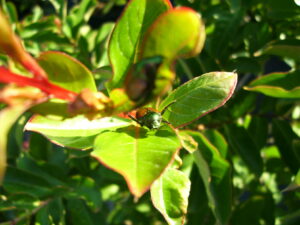
It is that time of year again. Japanese Beetles will be emerging in early June. The insects will leave the soil …
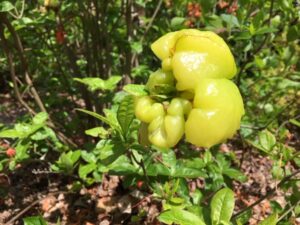
Rhododendron/Azalea/Camellia leaf gall is a minor plant disease caused by the fungus Exobasidium vaccinii. The fungus affects mainly young leaves …
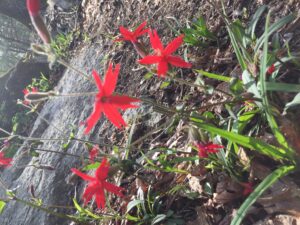
Finding good information on native plants on the internet can be daunting. So, here are some of the best …
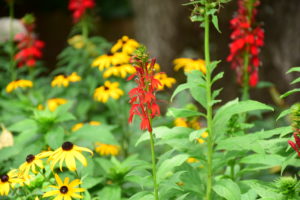
Recognizing the importance of bees, butterflies, moths and the many other creatures that pollinate the diversity of crops and …

A familiar face is back in the N.C. Cooperative Extension, Henderson County Center beginning June 1. Isaac Wyatt will begin …
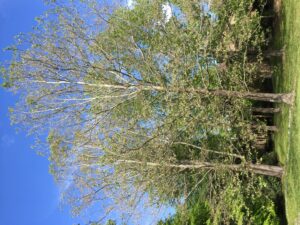
There are many problems that can affect leaves of our native trees. Diseases such as anthracnose, powdery mildew, phyllosticta …
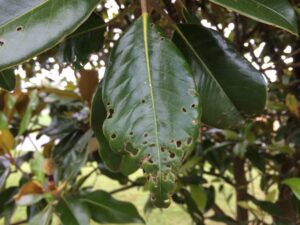
Yellow poplar weevils or magnolia weevils (also known as Sassafras weevils) are small black beetles that often damage yellow poplar, magnolia and …
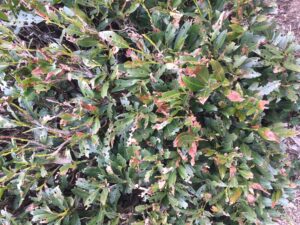
Each year we get questions about holes in the leaves of flowering cherries and cherry laurel. Concerned gardeners …

Have you ever found a pinkish-white marsh mellow-like structure growing on your white oak tree and wondered, “What the …
The Extension Gardener Plant Toolbox is a free, online plant database where you can find a wealth of information …
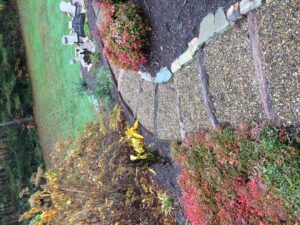
The garden path is one of the most important parts of the home garden. Well designed garden paths guide …

From community gardens to plant clinics, volunteers with the NC State Extension Master Gardener℠ program engage thousands of North …

Environmentally Friendly Landscaping Can we all agree that it would be a good thing to reduce the amount of chemicals …
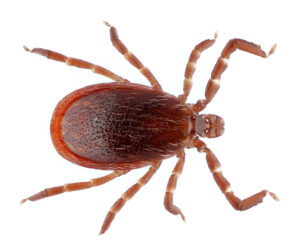
As outdoor season begins to ramp up, one unfortunate side effect is more encounters with ticks. These blood-sucking arthropods …
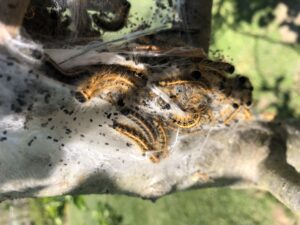
Every Spring, cherries, oaks and many other trees are attacked by a web forming caterpillar. Eastern tent caterpillars are …

Continuing education keeps volunteers and staff with the NC State Extension Master Gardener℠ program in touch with the latest sustainable gardening practices, …
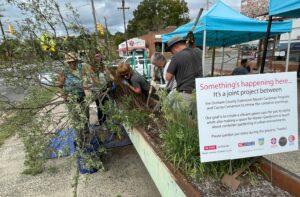
Transforming neglected planters outside of a local coffee shop provided Extension Master Gardener℠ volunteers in Durham County an opportunity …
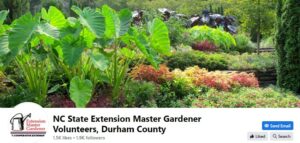
Through social media outreach, NC State Extension Master Gardener℠ volunteers in Durham County share research-based, sustainable gardening information, increase …

This field guide and linked resources provide information on basic insect identification, sampling methods, monitoring, …

This factsheet describes the biology of the cane lace bug or bamboo lace bug, Leptodictya …

This factsheet describes the biology of the banded sphinx moth or lesser vine sphinx, Eumorpha …

This factsheet describes the biology of the elm-grass root aphid, Tetraneura ulmi, and provides residential …

This review presents the key steps involved in pruning a mature Carlos vine for maximum …
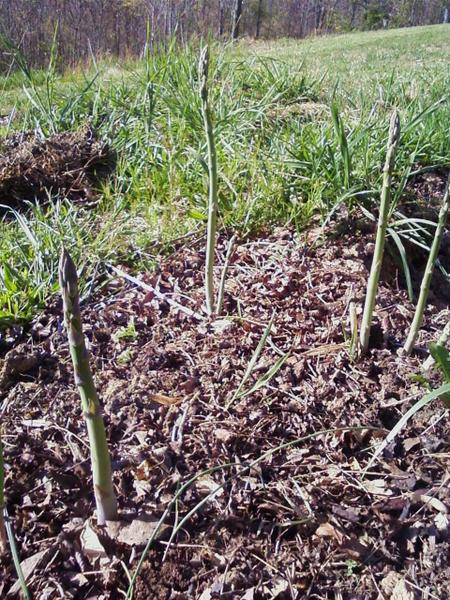
Asparagus has been considered a garden delicacy since Roman times. Any home gardener can grow …
Lack of yard space is no excuse for not growing a vegetable garden. Regardless of …
Sprouts from mung bean (Phaseolus aureus) have been used for food since ancient times. These …